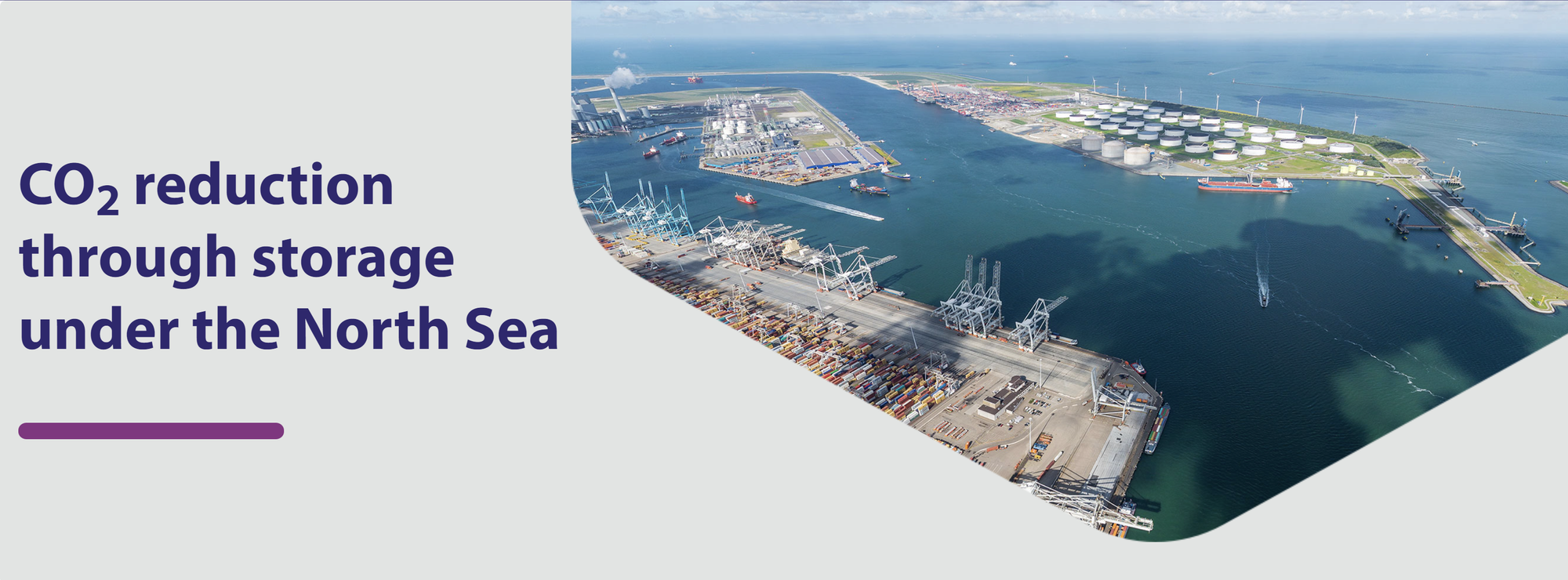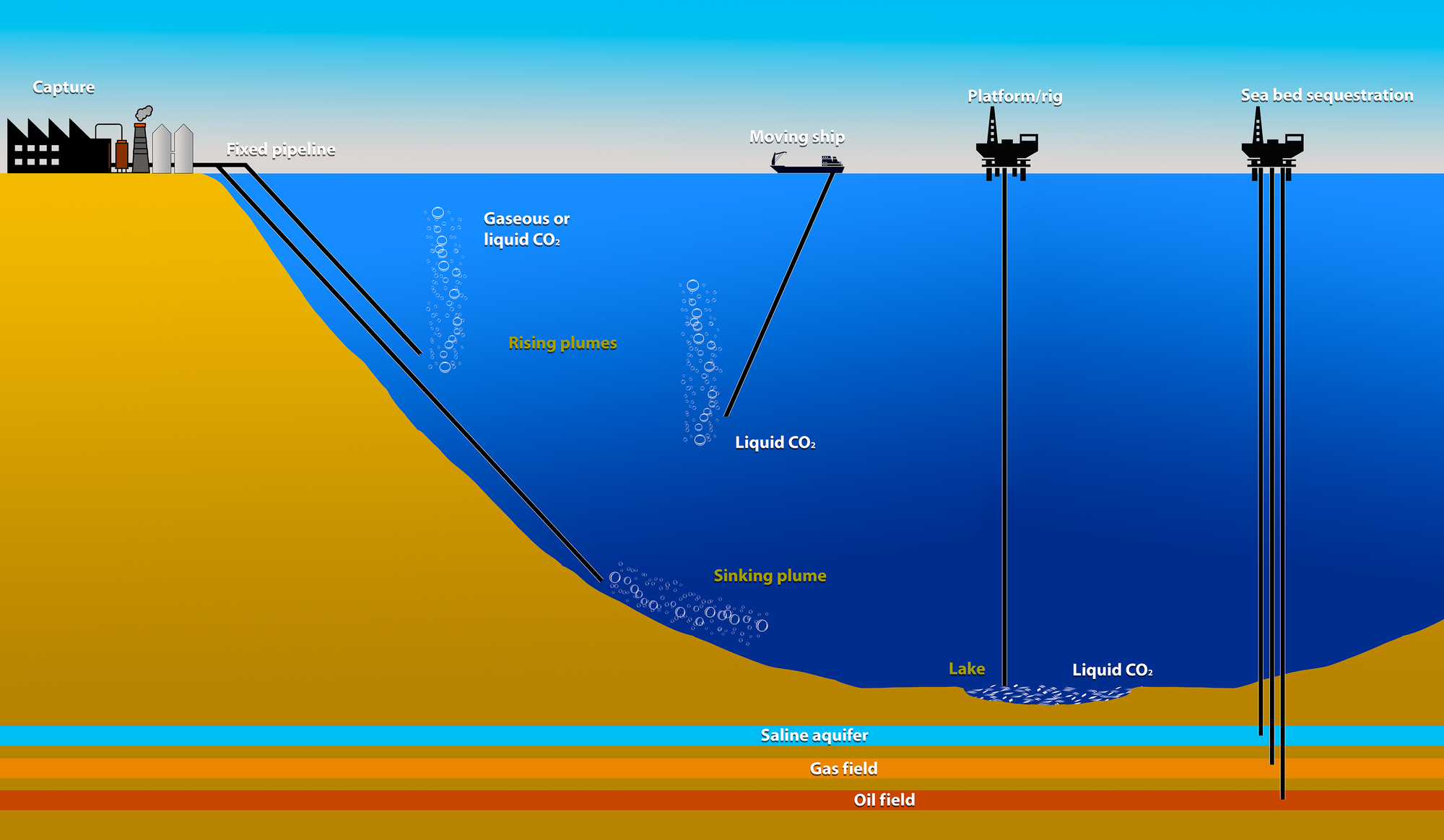
Enhanced oil recoveryMain article: Carbon dioxide flooding
Enhanced oil recovery (EOR), involves injecting CO2 into oil fields to force remaining oil and residues out of the field. This can extend the life of the oilfield in addition to storing the CO2, provided the geology is stable enough to do so.
What is Porthos
Porthos is developing a project to transport CO₂ from industry in the Port of Rotterdam and store this in empty gas fields under the North Sea. Porthos stands for Port of Rotterdam CO₂ Transport Hub and Offshore Storage.
Issue at Hand
The Dutch Climate Agreement contains a broad package of measures for CO2 reduction. Examples include a sharp increase in renewable energy, use of residual heat and geothermal energy, increased insulation for buildings, electric vehicles, process industry efficiency and recycling. A choice was also made in the Climate Agreement to develop capture, transport and storage of CO2.
Around 14% of CO2 emissions in the Netherlands takes place in the Rotterdam port area, making the region’s contribution to the national climate objectives extremely important. For a section of industry, CCS is currently the fastest way to substantially reduce CO2 emissions into the atmosphere for relatively low costs. CCS is an important technique for the chemical sector, hydrogen producers and refineries to significantly reduce their production process impact in the short term, while working on fundamental and structural innovations to production processes. The long-term objective continues to be sustainability.
What Porthos intends to do
Porthos is developing a project in which CO2 from industry in the Port of Rotterdam is transported and stored in empty gas fields beneath the North Sea.
The CO2 that will be transported and stored by Porthos, will be captured by various companies. The companies will supply their CO2 to a collective pipeline that runs through the Rotterdam port area. The CO2 will then be pressurised in a compressor station.
The CO2 will be transported through an offshore pipeline to a platform in the North Sea, approximately 20 km off the coast. From this platform, the CO2 will be pumped in an empty gas field. The empty gas fields are situated in a sealed reservoir of porous sandstone, more than 3 km beneath the North Sea.
Porthos will store around 37 Mton CO2, approximately 2.5 Mton CO2 per year for 15 years.
The final investment decision for Porthos has been taken in October 2023. The construction of the Porthos infrastructure will start in 2024. The system is expected to be operational from 2026.
Timeline

People in Charge
Porthos is a partnership between the Port of Rotterdam Authority, Gasunie and EBN
How it works
Technical components
Onshore transport
The collective pipeline running through the Rotterdam port area is approximately 30 km long and extends from the eastern end of Oude Maas in the Botlek area, through the Europoort area to the compressor station at Maasvlakte.
The collected CO2 will flow in a gaseous state at a pressure of 35 bar through the pipeline, which has a diameter of approximately 108 cm (42 inches).
The new pipeline will be housed in the existing pipeline corridor and will be entrenched section by section. The pipeline corridor ranges in width between 10 and 45 m.
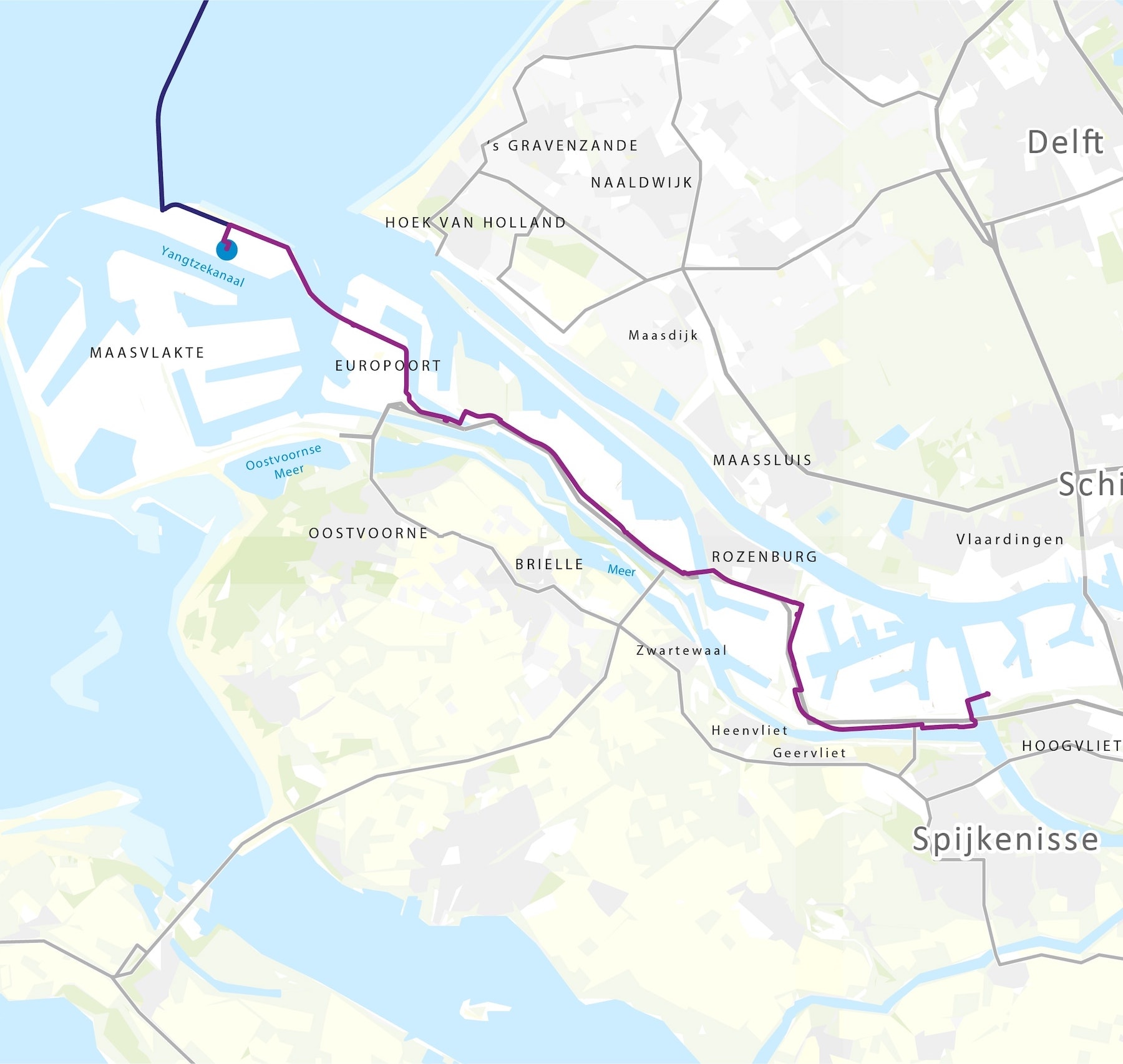
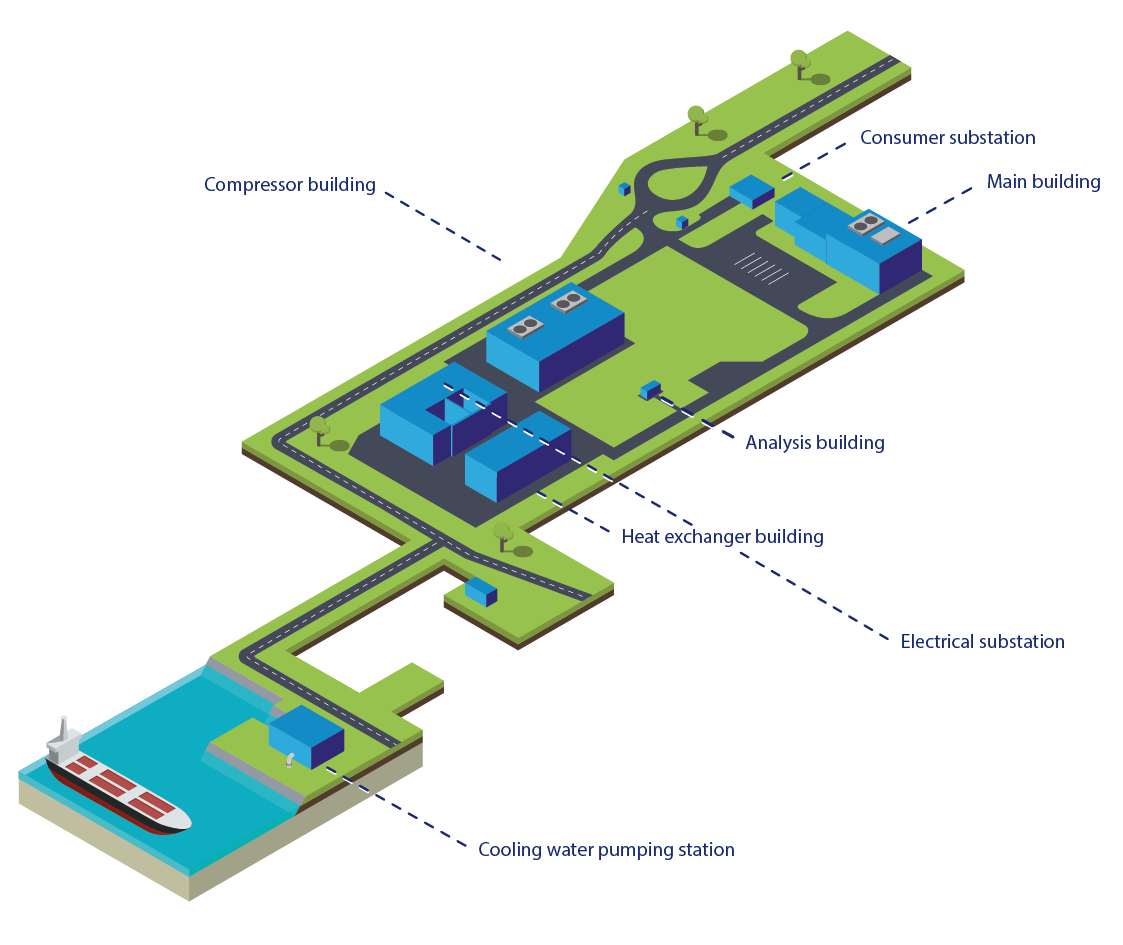
Compressor station
The compressor site at Maasvlakte has a surface area of roughly 2 ha and includes several buildings on the grounds.
The entire site is supplied with power from the electrical substation. The pumping station houses the cooling water pumps that are used to cool the compressors.
At the compressor building, three compressors jointly bring the CO2 to a maximum pressure of 130 bar for subsequent transmission to the offshore platform.
Offshore transport
From the compressor station, a 22 km pipeline with a diameter of approximately 40 cm (16 inches) transports the CO2 to the P18-A platform out on the North Sea. The maximum pressure in this pipeline is 130 bar, and the CO2 is in a gaseous state with the characteristics of a liquid.
The former gas platform P18-A will be re-used for the storage of CO2. The platform will be fitted with the facilities required to transport the collected CO2 to the injection wells. In addition, various technical systems will be installed for monitoring and remote control of the system.
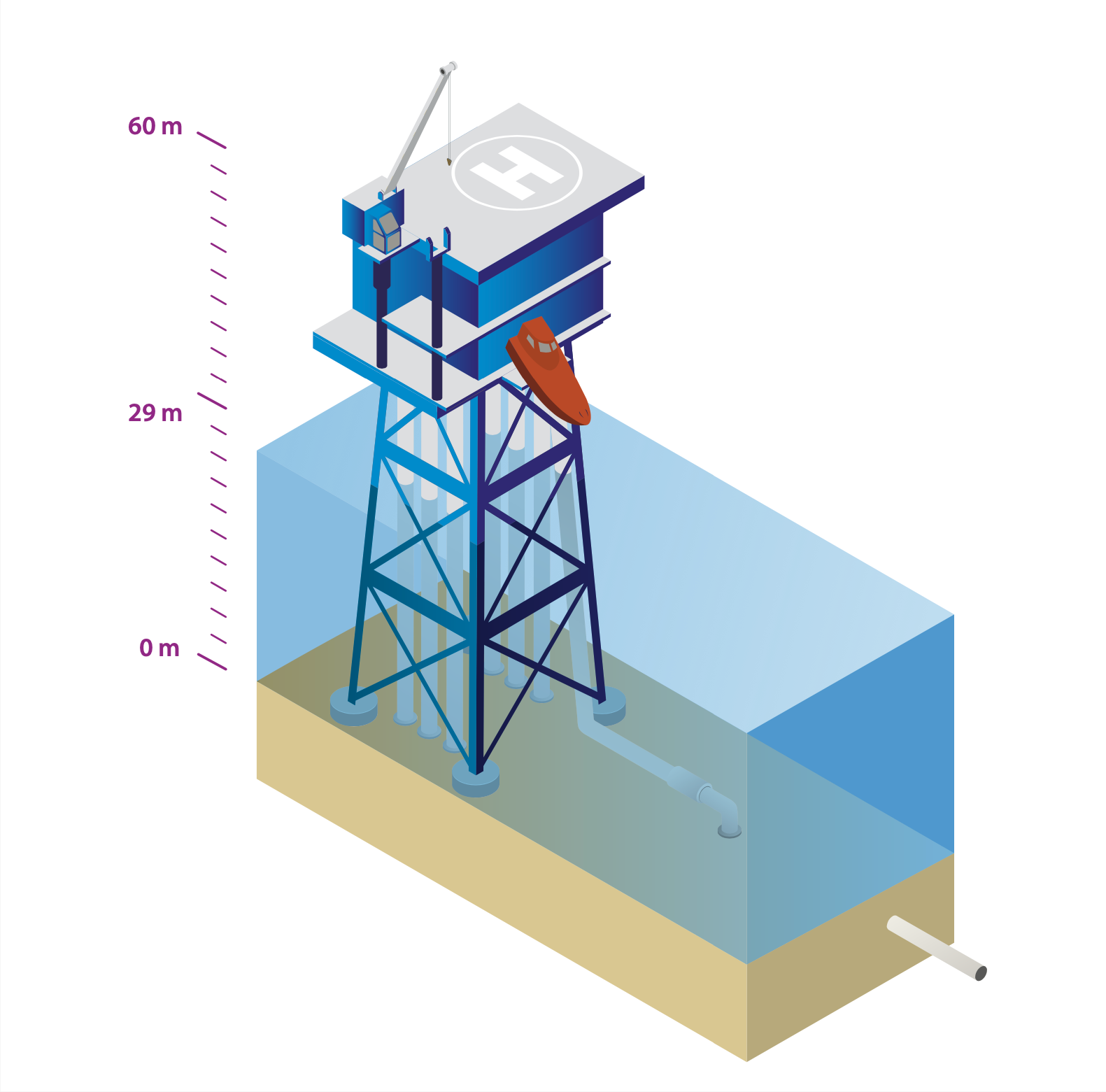
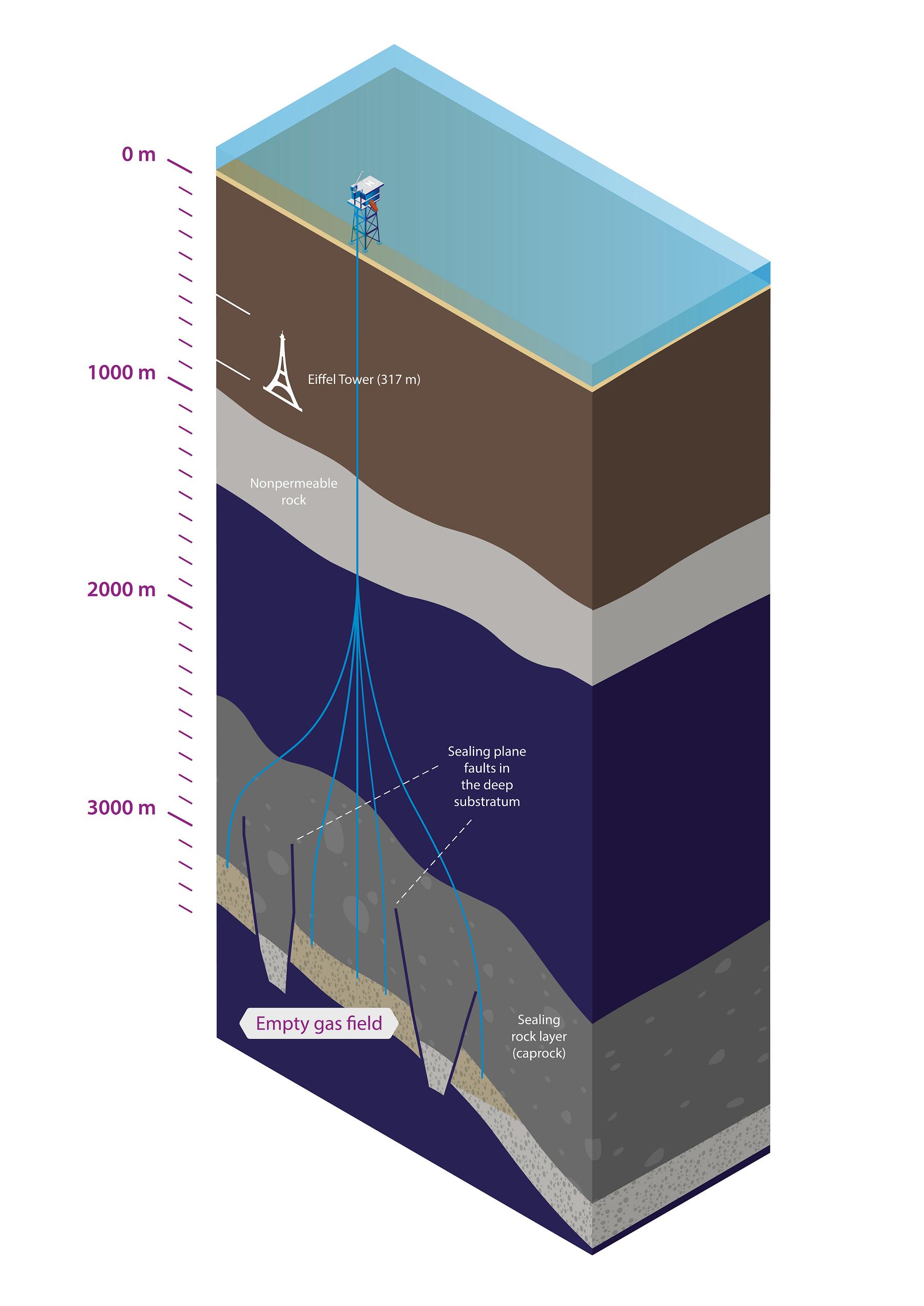
Storage
The collected CO2 is stored in the pores of the sandstone substratum, which used to contain natural gas. For millions of years, this gas was hermetically trapped under high pressure between a nonpermeable layer of caprock and sealing plane faults. The local pressure in this field, which gradually decreased during gas extraction, will once again rise as a result of CO2 injection. The reservoir will be consistently monitored and checked to ensure that local pressure never exceeds the values recorded when gas extraction first started.
The CO2 from the pipeline will be injected into the depleted gas field under P18-A via a well. This well is a metal casing that is anchored to the rock all the way down to the reservoir in the substratum. To make the existing facility suited for CO2 injection, the well will be fitted with a new inner tube. The wells will also have monitoring equipment that is used to check the local pressure and temperature during CO2 injection. Once CO2 injection has been completed – when the reservoir is full and at the correct ultimate pressure – the wells will be sealed with plugs.
